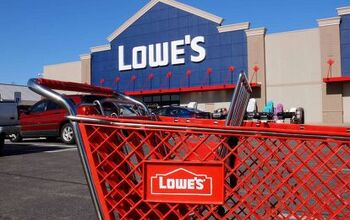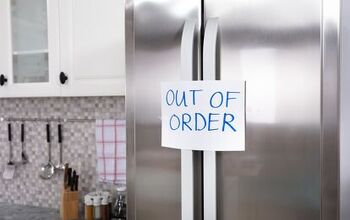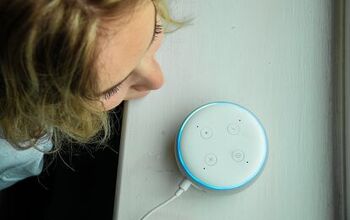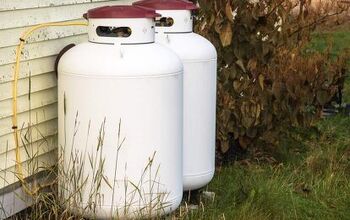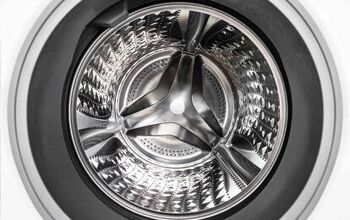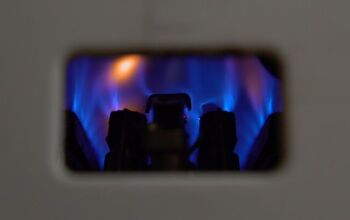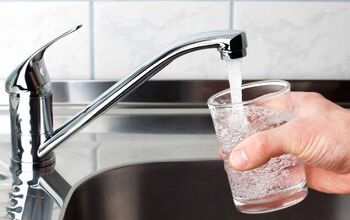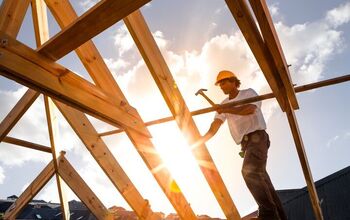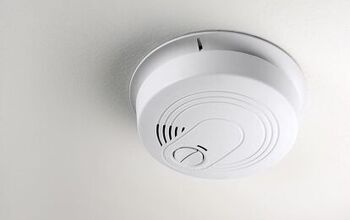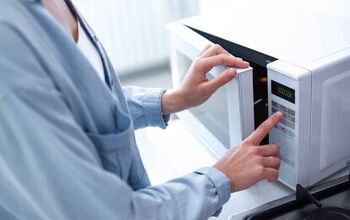Nine Ways Carbon Monoxide Enters The Home (And How To Prevent It)

Carbon monoxide is as dangerous as it is undetectable. It is colorless and odorless, but it can kill you when there’s high concentrations of it. This is a scary thought, especially since several home appliances produce this toxic gas. The key is knowing how carbon monoxide can get into your home, and how to prevent it from entering.
Some popular home appliances that emit carbon monoxide include fireplaces, wood stoves, and gas ranges. Gas clothes dryers and water heaters also produce this harmful gas. Outdoor appliances, including generators, gas-powered tools, barbecue grills, and motor vehicles, all give off carbon dioxide. To prevent dangerous levels of this gas, keep outdoor appliances outside, maintain proper ventilation inside your home, and install a carbon monoxide detector.
Since carbon monoxide in your home can be a matter of life or death, you must know as much as you can about this gas. To keep your home safe, you need to be aware of which appliances emit this gas, and how to keep the levels in check. Below is a list of the top common appliances that emit carbon monoxide, and many great ways to help keep this gas out of your home for good.
Nine Appliances That Can Emit Carbon Monoxide In Your Home
1. Your Fireplace
Carbon monoxide is often created by improper or incomplete combustion, such as leaking gas or smoke. Since smoke contains carbon monoxide, it shouldn’t come as a shock that your fireplace is one of the top sources of this dangerous gas.
Both gas and wood fireplaces give off this gas. A gas leak or an overly-smokey fire with a blocked chimney can cause high levels of carbon monoxide. A fire should never be left burning overnight or kept on when unattended.
2. A Gas Stove And Oven
There are many benefits to a gas stove, but there are also a few dangerous cons. One major con to gas stoves is that they can give off high levels of carbon monoxide. This is particularly true if there is a gas leak or the stove is not lit promptly.
Many modern gas stove brands have safeguards to help prevent these dangerous gas leaks, but some risks can remain.
3. Barbecue Grill
Your barbecue, whether it’s a charcoal grill or a gas one, gives off a lot of carbon monoxide, especially when it’s heating up or grilling something smoky. This is one big reason grills should be kept outside and at a safe distance from the home.
4. Motor Vehicles
Gas cars give off a ton of carbon monoxide from their exhaust. Gas and diesel-burning automobiles emit all sorts of dangerous toxins when turned on. This is why you should always have your garage door open when your car is running.
5. A Generator
Gas generators give off smoke and other fumes. These fumes contain several toxins, including carbon monoxide. Toxic fumes are one of the main reasons generators are normally stored and always run outdoors.
6. Wood Stove
A wood stove functions similarly to a fireplace. There is burning wood, smoke, and a chimney. The smoke should all safely leave the home, but if it is blocked, then carbon monoxide can become trapped inside your house.
7. Lawn Equipment And Gas-Powered Tools
Many power tools run on batteries or electricity, but some run on gas. Lawn and landscape equipment, including mowers, weed whackers, and chainsaws, all use gas.
These machines should never be left on near a window or in the garage, as they all give off carbon monoxide.
8. A Clothes Dryer
Electric dryers don’t give off carbon monoxide, but if you have a gas dryer, it can emit this gas. Ensure your gas dryer is in a well-ventilated space, and check the vent before using it to ensure it isn’t blocked, as this is how the fumes escape.
9. Water Heater
If you have a gas-powered water heater, it can give off carbon monoxide. This is because it uses gas and a flame to heat the water. Electrical water heaters, however, do not emit this toxic gas.
Eight Ways To Prevent Carbon Monoxide From Entering Your Home
1. Ensure There Is Ample Ventilation In The Home
It’s always a good idea to have plenty of airflow in your home. It can prevent mold, reduce allergens, and also remove high concentrations of harmful toxins like carbon monoxide from the air.
If you have a fireplace or a gas stove, your home will have some levels of carbon monoxide. The key is ensuring this toxin exits the home quickly. Keep fans on and doors open, and windows if the weather allows. This will prevent carbon monoxide from reaching dangerous levels.
2. Don’t Allow Garage Fumes To Enter The Home
A lot of the appliances that emit carbon monoxide are typically found in your garage. Gas appliances, your car, and sometimes water boilers and clothes dryers are found here.
To ensure no toxic fumes enter your home, keep the entrance between your home and garage sealed. This is particularly important whenever you are running these devices.
Furthermore, you should keep your garage open to the outside whenever running your car or any appliance that runs on gas. This will help keep the carbon monoxide level low.
3. Never Use Outdoor Gas Appliances Indoors
Remember that outdoor appliances are used outside for a reason. Never use outdoor appliances in your home. It isn’t safe. This also means you shouldn't use a grill in a poorly ventilated patio or your garage. Outside means completely outdoors, where there is ample airflow and no fire hazards.
4. Keep The Generator Far From Entryways And Open Windows
If you experience a power outage and need to use your generator, ensure you keep it at a safe distance from the home. Keep all entry doors and nearby windows shut. The exhaust from a gas generator emits lots of carbon monoxide. Furthermore, if you have no power, then your HVAC and fans likely aren’t running either.
Keeping your generator far from your home and your windows closed will keep your home protected.
5. Keep Your Grill A Safe Distance From Your Home
If you like to grill in the winter or when it’s raining, you might think it’s a good idea to move the grill close to your home. It’s not. For one, your grill can catch your house on fire if it’s too close.
It can also allow carbon monoxide into the home, especially if you leave the door open for prolonged periods. Keep your grill a safe distance from your home so you don’t have to worry about high levels of carbon monoxide reaching your home’s threshold.
6. Install A Reliable Carbon Monoxide Detector
The best way to keep carbon monoxide at safe levels in your home is to have a reliable carbon monoxide detector. Since this gas is odorless, clear, and tasteless, it truly is a silent killer.
The only way to know for sure that your home is safe is to have carbon monoxide detectors. Install detectors where it makes sense, including rooms with a fireplace, and near the entrance to your garage.
7. Keep Your Appliances Up To Code
Another great way to reduce the risk of carbon monoxide poisoning is to maintain your appliances and have them tested. Your furnace, water heater, and clothes dryer shouldn’t give off dangerous levels of carbon monoxide if they are functioning properly.
Buying safe appliances is important, as is maintaining and regularly testing them for issues.
8. Test And Maintain Chimney And Flues
Fireplaces can be very dangerous if there is something wrong with your chimney or flues. Normally, all the smoke and carbon monoxide gets sucked up and exits safely out through the chimney.
If the flue is stuck or if the chimney is blocked, then this toxic smoke and gas will linger in the home. To prevent this from happening, clean, maintain, and test your chimney and flues regularly.
Wrapping Up Keeping Carbon Monoxide Out Of Your Home
Carbon monoxide is the silent killer because it’s a toxic yet relatively undetectable gas. It can enter your home through many popular appliances like fireplaces, stoves, your car, grills, and other tools. To ensure your home stays carbon monoxide-free, you should install a reliable carbon monoxide detector, use modern appliances, keep outdoor appliances outside, and check your chimneys and vents regularly.
Related Guides:
- Are Propane Heaters Safe Indoors? (Find Out Now!)
- Are Propane Heaters Safe In Garages? (Find Out Now!)
- Does a Gas Fireplace Need a Chimney?

Tom Gaffey is an expert writer who currently resides in Washington D.C. Tom has a passion for real estate and home improvement writing, as well as travel and lifestyle writing. He lived the last twelve years in Hawaii where he worked closely with luxury resorts and event planners, mastering his knowledge of aesthetics and luxury products. This is where he found his passion for home improvement and a keen interest in DIY projects. Currently, Tom resides in Washington D.C, and also working on his debut fiction novel.
More by Tom Gaffey

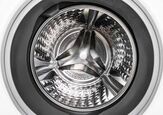
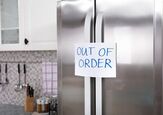







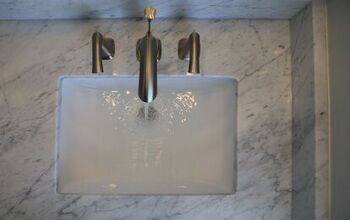
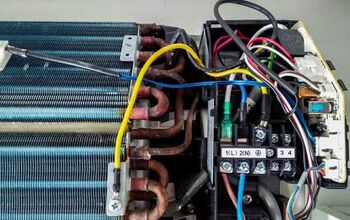
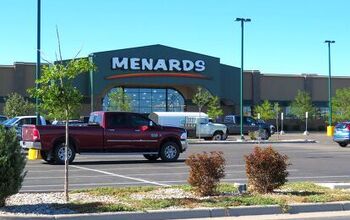
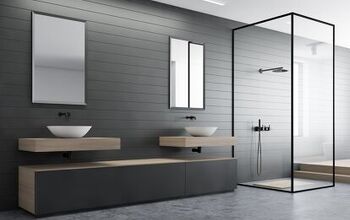
![The 10 Best Table Saws - [2022 Reviews & Buyer's Guide]](https://cdn-fastly.upgradedhome.com/media/2023/07/31/9070645/the-10-best-table-saws-2022-reviews-buyer-s-guide.jpg?size=350x220)
